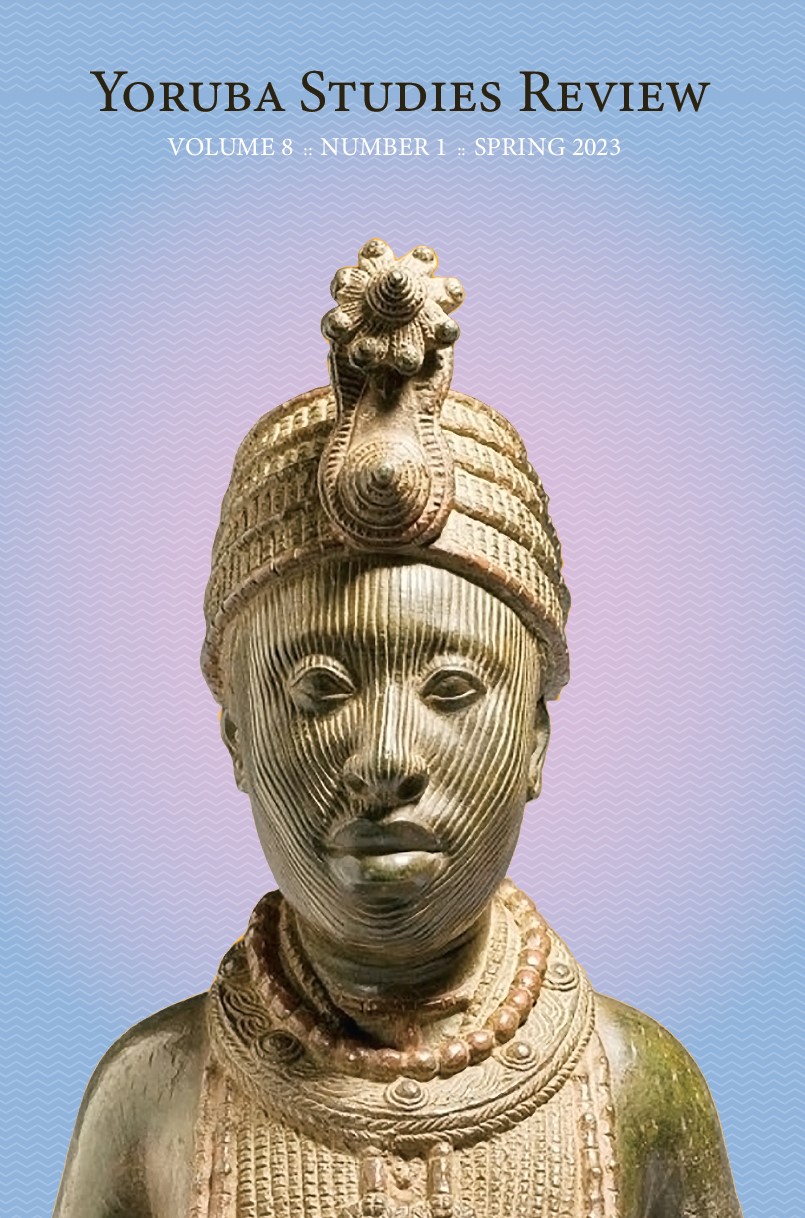Abstract
Lexical verb ambiguity refers to the potential for multiple interpretations of units of speech in languages that renders it difficult or impossible to understand a lexical item without additional information. The goal of semantic web research is to allow the vast range of web-accessible information and services to be more effectively exploited by both humans and automated tools. Technological advancement has given rise to scholars developing automated translation systems from English to the Yorùbá language. However, the problem arises that these tools are not coping easily with semantic nuances found especially in Yorùbá verbs. To explore this problem, a number of Yorùbá lexical ambiguous verbs which may pose serious challenges to the existing machine translation tools were generated and analyzed. To facilitate a solution to the problem, the identified verbs are annotated following the Qualia Structure (QS) of the Generative Lexicon. Protégé 4.5 is employed as the editing tool to map the semantic interpretations of the QS to the semantic web. With the aid of the unique formal specification implemented for each of the lexically ambiguous verbs, the existing automated translation system can now utilize the Internationalized Resource Identifier (IRI) of the Unified Resource Locator (URL) found in the model developed to link the loop and thereby alleviate the problem of ambiguity for the automated translation system. This paper, therefore recommends that more efforts be geared towards ontological annotation in order to foster more automated tools that will be built for the Yorùbá language.

This work is licensed under a Creative Commons Attribution-NonCommercial 4.0 International License.
Copyright (c) 2023 Aina A. Akindele
